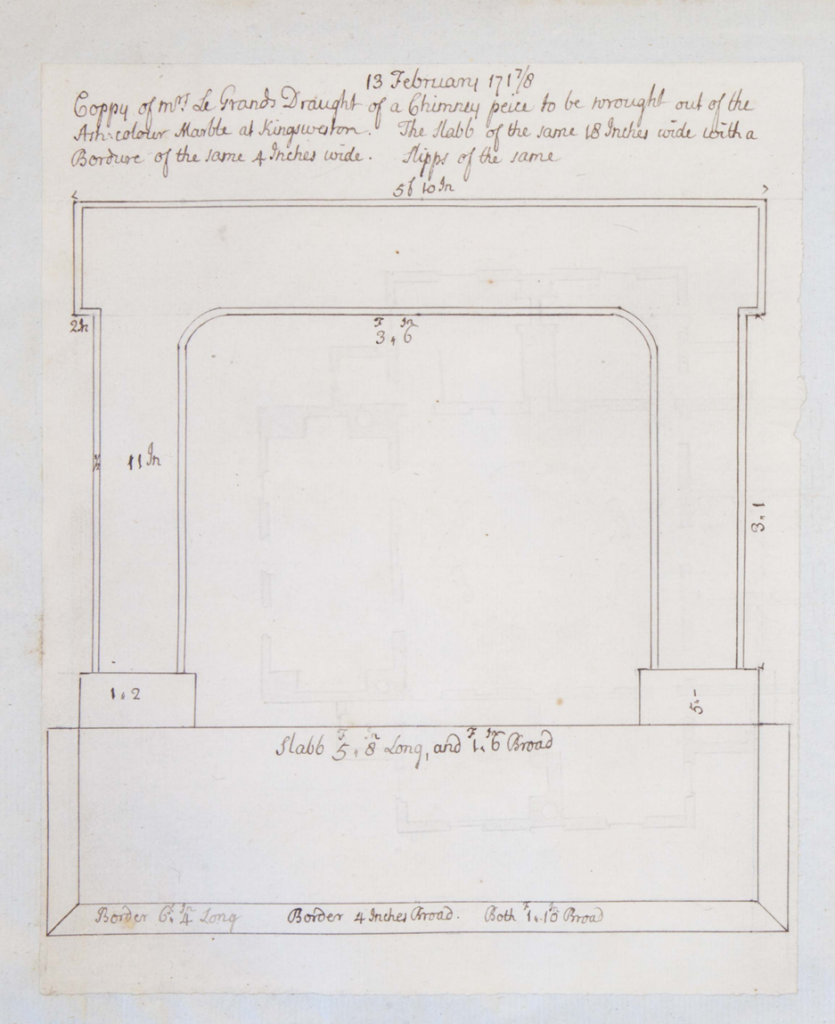A fantastic painting of the estate has just come to our attention. Kings Weston was once famous for its views, not just northwards across the Severn to Wales, but also to broad panoramas southwards up the Avon and across to Somerset. This newly discovered painting supposedly dates to around 1836, a time of great uncertainty for the house and estate. Edward Southwell, 21st Baron de Clifford (1767-1832), last in his line had died in 1832. His will instructed the sale of house and park, effects and furniture, and all the landed estate, with the proceeds being split between several nieces. His widow was required to give up living at the mansion, but had been well provided for with the splendid town house in Carlton Terrace in the centre of London.

The following year the house and estate was marketed by estate agents; they described the park as “forming a most desirable situation for the erection of one or more villas.” Looking at the view depicted you can see the attraction to a potential developer who might be tempted to pepper the landscaped grounds with mansions for well-heeled merchants. By good fortune the estate was instead purchased by the incredibly wealth Philip Miles and preserved intact. By 1836, the suggested date for the painting, Miles was settling in having moved here from Leigh Court with his second wife and their children.
The artist, Henry Willis, has chosen to emphasise the pastoral character of the view from Shirehampton Park, towards the Avon in the distance. A small group of agricultural workers have paused a while to chat as cattle amble through the landscaped ground behind them. Beyond them a steam tug assists a sailing vessel up the Avon towards the city docks. The contrasting of verdant trees with the dying elm and felled trunk in the foreground suggest themes of the passage of time and the circle of life.

Willis was an artist associated with the Bristol School of Artists, and was a member of sketching parties with members of that group until his departure for the United States in 1842 until his health forced his return to England. These artists, part of the Romantic Movement, often celebrated the natural beauty of the Bristol region. The Gorge was a particular favourite location, but paintings around Kings Weston are rarer from this group. It’s interesting to note that in 1829 Lord de Clifford had paid Willis the sum of £8 8s for a painting of Kings Weston, and out paid a further £2 10s on a frame. There’s a remote possibility that it could have been this painting, but possibly there are others out there for us to discover.








